This 14-day China tours for seniors is a classic and not tiring China private tours for seniors starting from Beijing. During this journey, we will go to visit six cities: Beijing, a city that more than 35 ancient Chinese emperors had lived; Datong, owning the largest treasure trove of stone carving art; Pingyao, one of the four best-preserved ancient towns; Xi’an, famous for its “eighth wonder of the world”-Terra Cotta Warriors and Horses Museum; Guilin, known for its amazing landscape; Hong Kong, a highly prosperous international metropolis. All the cities not only have beautiful attractions but also have a convenient senior-friendly transportation system. As for the train, we will arrange bullet train (max speed 350km/h) during the journey, which is faster and more comfortable than normal trains(80-120km/h). Besides, we will also arrange the homelike hotels and recommend light foods for you to provide you a pleasing and relaxing trip. I am sure that this journey will be the best China tours for seniors. Come and join us!

Today, you will arrive in China and our guide will wait for you at the airport. After meeting you, our driver will transfer you to the hotel for a rest. No attractions will be arranged today, however, if you are not tired, you can stroll around the nearby area to have a close contact with the local people and taste authentic Beijing food.
After breakfast, we will start our senior-friendly Beijing tour. During the whole tour, we could provide convenient walking stick with a folding chair, if you need. Today’s first attraction is the Tian’anmen Square. It is located on the central axis of Beijing and is the largest city square in the world. Besides, the famous Tian’anmen Gate Tower, the Great Hall of the People, the National Museum, the Monument to the People’s Heroes are also located here. On 7th March 1970, a grand event would be taken place at the Tian’anmen Square. The Tian’anmen Gate Tower needs to be redecorated and repainted before the event. And a touching story happened during the repairing project. In the final stage of the painting, the painter found they don’t have enough specially-made lacquer putty containing for the last one square meter. Only 2 hours left, the event will be beginning soon. And nobody sales this kind of special lacquer putty in the market at this moment. It is almost impossible to buy such materials in other city and deliver them to Beijing. At this emergent moment, a young worker, cut off her long hair that she had kept for years and gave it to the painter without hesitation for the lacquer putty making. And then painter used her hair instead of wool and other building materials to make the similar material for painting the wall. The project was fulfilled finally before the deadline.
But in fact, the next day is her wedding day for this worker. And then, she had no opportunity to make a beautiful hairstyle to show her beloved husband. After cutting her hair, she only got a very short hair for her wedding ceremony. This story moved a lot people. And this young worker was promoted to a higher-level job.
Next, we will head to the Forbidden City (closed on Mondays). The Forbidden City, also located at the central axis of Beijing, is a royal palace in the Ming and Qing dynasties(1368-1912). It has three major palaces and other seventy palaces with over nine thousand rooms. In addition to these palaces, the Forbidden City is also famous for its scenery in four seasons. In spring and summer, you will see various blooming flowers in the Imperial Garden. In autumn, the sunset light makes the red walls of the Forbidden City even more gentle. But nothing is more surprising than the snowy scenery of the Forbidden City. Snowflakes fly outside the glazed windows, gently knocking the vermilion doors, and eventually fall on the lake stones or the pine trees in the garden. After being decorated by the snow, each palace presents a new look. The snow scenery of the Forbidden City is so beautiful that it attracts numerous tourists coming here every year.
Leaving the Forbidden City, we will head to the Temple of Heaven. The Temple of Heaven is a famous ancient building group of the Ming and Qing dynasties, where the emperors offered sacrifices to the heaven as well as prayed for a good harvest. The entire Temple of Heaven is divided into two parts: the Inner Temple and the Outer Temple. In addition to admiring the exquisite architecture of the halls and tracing the splendid scenes of the ancient sacrificial ceremonies, you cannot miss the unique attraction- Three Sound Stones, which is located at the slab stone road in front of the Imperial Vault of Heaven. When the doors and windows of the Imperial Vault of Heaven are closed and there is no obstacle nearby, standing on the first slab stone and clapping your hands for one time, you will hear one echo; on the second slab stone and clapping your hands for one time, you will hear two echoes; on the third slab stone and clapping your hands for one time, you will hear three echoes. It is really very interesting and amazing.
Option: Experience the Chinese Tea Culture
If you are interested in the Chinese tea culture, you can have a tea ceremony class to learn the skills of making tea, the etiquette of drinking tea and the significant tea cultures.
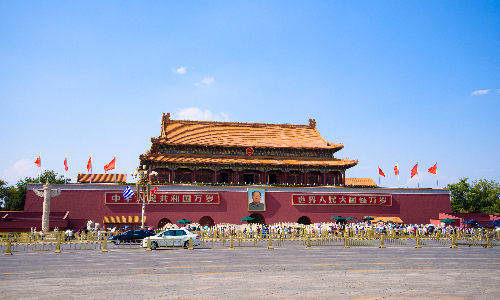
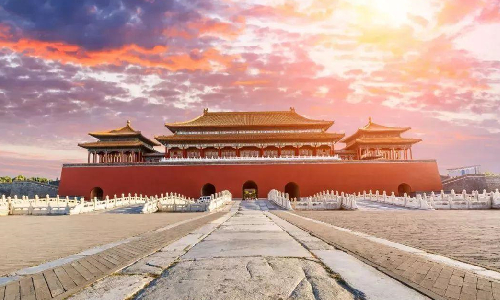
After breakfast, the driver will take you to the Mutianyu Great Wall, which is located in the north of Beijing. It will take about 1.5 hours (about 80KM) to get there. The Great Wall of China is famous all over the world and the Mutianyu Great Wall is one senior-friendly section you cannot miss. We will take the cable car to get to the Wall rather than climbing, so that you will not be too tired after the journey. The scenery of the Mutianyu Great Wall is amazing, but it is not as crowded as other sections. If you look down from the top of the mountain, the Mutianyu Great Wall looks like a dragon lying in the mountains, which is very spectacular. Besides, it is highly recommended to come to the Great Wall in autumn, when the Great Wall is surrounded by yellow, red and brown leaves, just like an oil painting, which is perfect for taking pictures.
After coming down by the cable car, you will have lunch first and then the driver will take you back to downtown for a stroll through Beijing’s authentic Hutongs. Hutong is the name of a narrow lane, alley, or small street between rows of Siheyuan (a traditional Chinese quadrangle residence) dwelled by Beijingers. We will arrange the traditional and senior-friendly rickshaw for you to explore the Hutongs and listen to the stories behind them. These Hutongs vary in length and width, among which, the Qianshi Hutong is the narrowest, only being 44 cm wide in its middle section. It is a shortcut to the Dashilan Shopping and Pedestrian Street. As this alley is very narrow, it only allows one child or one slim adult to pass through per time. So if you are a little fat, you may not able to pass through it. Come and test whether you are slim enough to pass through.
Option: Attending a cooking class in one local family
If you love Chinese dishes and want to make authentic Chinese dishes by yourself, you can attend a cooking class in one local family. There will be professional persons to teach you and the needed utensils will also be provided.
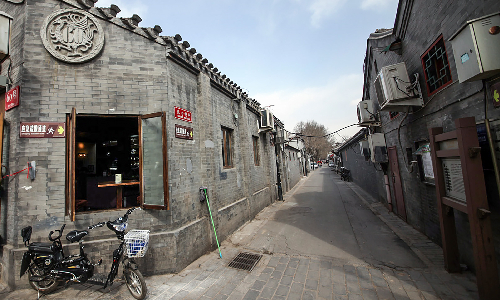
 Datong
Datong After breakfast, we will go to the Summer Palace. Located in the western suburbs of Beijing, the Summer Palace is one of the top classical Chinese gardens, consisting of Wanshou Mountain and Kunming Lake, etc. Kunming Lake occupies three-fourths of the Summer Palace and you can take a boat tour to admire the famous Seventeen-Arch Bridge and the West Embankment. It is said that on the day before the Seventeen-Arch Bridge being completed, the Qianlong emperor of the Qing Dynasty decided to visit the Seventeen-Arch Bridge, however, the constructors cannot find a suitable stone to finish the last step of the whole construction. Seeing this scene, the immortal Luban(an ancient Chinese architect who became immortal after death) turned one common stone nearby into a stone with the right size for the bridge. Finally, the Seventeen-Arch Bridge was completed successfully. After seeing this bridge the next day, the emperor Qianlong was very satisfied and rewarded everyone involved in the construction.
After lunch, you will take the estimated high-speed train G2515 15:10/17:23 to Datong and the Datong guide will wait for you at the train station. Then, you will be transferred to the hotel. Datong is the second-largest city in Shanxi Province and one of the great ancient capitals in China.
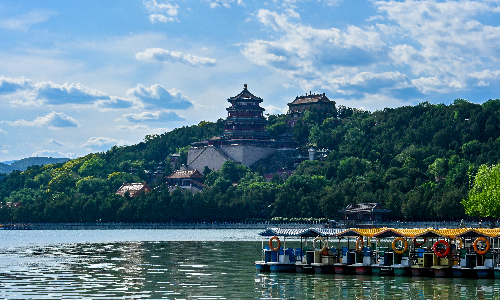
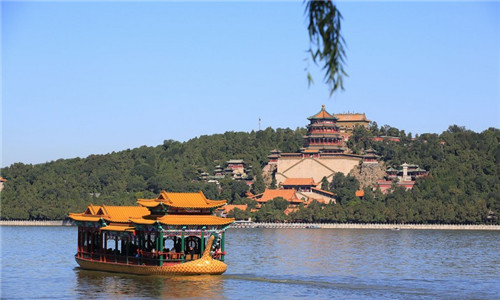
After breakfast, we will drive about 40 minutes(20 KM) to the Yungang Grottoes, which is located in the western suburb of Datong city. Yungang Grottoes is the largest group of ancient grottoes in China, with more than 18,000 square meters of carving area. There are 45 main caves and 209 subsidiary caves with more than 59,000 statues of various sizes, among which, the biggest statue is 17-meter high and the smallest is only 2-centimeter high. These statues not only have a traditional Chinese artistic style, but also incorporate the artistic characteristics of ancient India as well as Central and Western Asia. The most representative one is the 13.75-meter-high open-air Sakyamuni Seated Statue in Cave 20 (White Buddha Cave), who has a round face, two large eyes, a high nose and thin lips, retaining the typical facial features of people in ancient India as well as Central and Western Asia. Every statue there is different, so you need to look carefully to admire them.
We will have lunch at a local restaurant. Then drive about 1.3 hours(80KM) to the Yingxian Wooden Pagoda, which is located to the south of Yungang Grottoes. Yingxian Wooden Pagoda is the tallest wooden-structure pagoda in the world and it was built without using a single nail. It has a history of more than 960 years with a height of 65.84 meters, equivalent to a 20-storey modern building. Although it has suffered violent storms, strong earthquakes and cannonball attacks, it is still as stable as a mountain and it can accommodate 1,500 persons at the same time. If you look closely, you may find the embedded warheads on its outer wall. In addition, you will see different Buddha statues enshrined on each floor of the pagoda, such as the Sakyamuni statue, the Bodhisattva statue, the Vajrapani statue, etc.
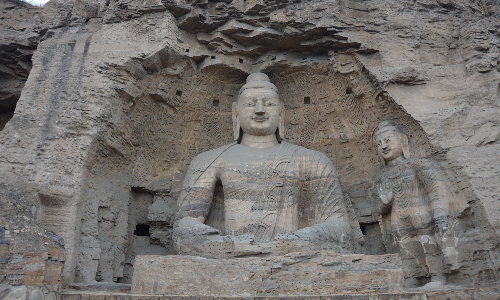
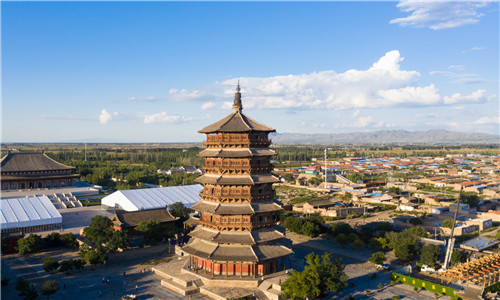
 Pingyao
Pingyao Today, you will take the estimated train D5367 12:05/14:57 to Pingyao. Upon arrival, you will go to visit the Shuanglin Temple. It is located in Qiaotou village, Pingyao county, formerly known as Zhongdu Temple. If you stand outside the temple, you will see that the whole temple looks like a castle with rammed-earth walls built around. Walking into the temple, you will see ten halls and three courtyards in total. Rather than saying that Shuanglin Temple is a Buddhist temple, it is a treasure house of Chinese folk colored sculpture art. As it has more than 2,000 colored clay figurines, with various shapes and vivid facial expressions. Among which, you will see one classic statue of the Guanyin Bodhisattva. When you walk close to her, you will see that she has a round face, a high nose, a small mouth, two willow-leaf-like eyebrows above the eyes, an image of an intelligent, gentle and affectionate oriental girl.
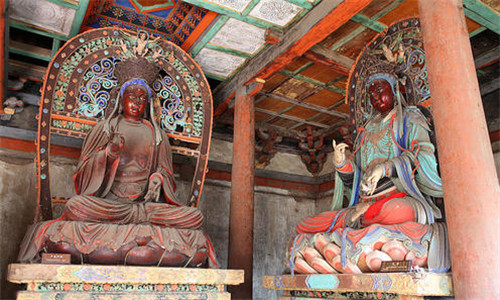
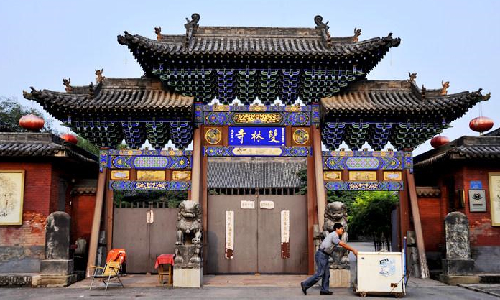
Today, we will set off to the Pingyao Ancient Town. It is located in central Shanxi Province and is one of the four most well-preserved ancient cities in China with a history of over 2,700 years. We will arrange taking the senior-friendly electric car for you to visit this ancient town. You will visit the South Street, known as “China’s Wall Street” in ancient times, the Old City Wall, the first Chinese bank - Rishengchang Draft Bank, the ancient government office, etc. Besides, there are also many restaurants, musical instrument shops, cafes and bars in this town with unique features. Apart from that, Pingyao’s beef is also very famous. It is said that Empress Dowager Cixi had lived in Pingyao at the end of Qing Dynasty and she ate the beef every meal for its good taste. Later, the Pingyao Beef was designated as a royal tribute to the palace. You can buy some to try or take home to your friends and relatives.
We will go to visit the Old City Wall around the ancient town, which is well-preserved for over 600 years. Standing on the wall, you can overlook the whole ancient city and admire city scenery from all sides. The south gate of the city wall has a beautiful tower, and it is close to the residential houses, so you can have a glimpse of the local people’s daily life.
Later, we will head to the Rishengchang Draft Bank. It is located in the flourishing section of West Street in the Pingyao Ancient Town. Founded in 1823, it is the first bank in China. At its peak, its branches were set up almost all over China. Now the Rishengchang Draft Bank has become a museum, preserving some physical materials used in the business at that time, such as currency, contracts, trademarks, tax receipts, and stocks to show people the glorious history of ancient Chinese banking. Entering through the gate of Rishengchang Draft Bank, you will see a Big-bellied Maitreya located opposite the business hall (a place for deposits, withdrawals, and currency exchange). This Big-bellied Maitreya is made of more than 60,000 copper coins, threaded together by 9,000 silver wires. The merchants mostly believe that the Big-bellied Maitreya will bring them wealth and fortune, so they usually set it inside their business places.
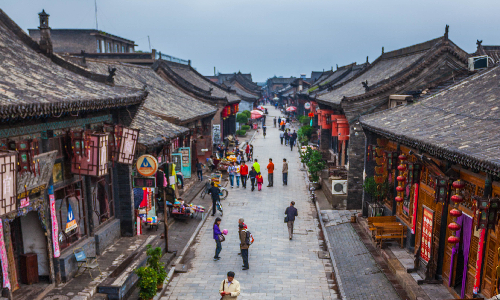
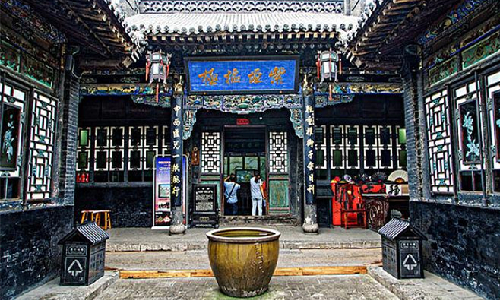
 Xi’an
Xi’an Today, you will take the estimated train D2503 10:58/13:52 to Xi’an. Your Xi’an guide will wait for you at the train station and then you will be transferred to the hotel for rest.
Free Time Suggestion: If you are energetic, you could go to the Muslim Street. It is a famous food and cultural street in Xi’an, precisely it is a district. Since the 1990s, some Muslims opened stores here to do catering business and later this district developed into a prosperous Muslim food and cultural district. You will see various kinds of snacks, halal food, ethnic costumes and handicrafts here, among which, the most famous Xi’an specialties, like Pita Bread Soaked in Lamb Soup, Cold Noddle with Sesame Paste, Spicy Soup and Cake Made of Sticky Rice and Jujube, are that you cannot miss. You can buy some packaged specialties as souvenirs for your friends and relatives.
After breakfast, we will drive about 1 hour(45KM) to the Terra Cotta Warriors and Horses Museum, which is located in the northeast of Xi’an city. The Terra Cotta Warriors and Horses Museum is the affiliated burial pit of the mausoleum of Emperor Qin Shihuang and it is known as the eighth wonder of the world. At present, there are three Terra Cotta Warriors and Horses pits opening to the public. If you look carefully, you will find that each soldier is different and lifelike, from the armors to the expressions, from the weapons to the palm prints. The warriors and horses were originally colorful but now almost all are terreous because of burning in the war and oxygenation after excavation.
Next, we will have lunch at a local restaurant, and then head to the Big Wild Goose Pagoda. It is the earliest and largest pavilion-style brick pagoda of the Tang Dynasty (618-907), with a total height of 64 meters. Venerable Xuanzang (a Chinese Buddhist monk) presided over the construction of this pagoda in 652 AD to enshrine the precious Buddha statues, relics and Sanskrit classics brought back from India. It was later rebuilt and repaired several times before it was shown in its current seven-storey appearance. Inside the pagoda, there is a staircase spiraling upwards, along which you will see four arched windows separately on the four sides of each floor. Standing in front of different windows, you will have different views of Xi’an city from a distance.
Leaving the Big Wild Goose Pagoda, we will go to visit the Great Mosque. Built in 742 A.D., it is an ancient Chinese palace-style building complex and one of the best-preserved Islamic mosques in China. There are four courtyards distributed from east to west inside the mosque, including the buildings like Wooden Decorated Archway, Screen Wall, North Exhibition Hall, Towering Tablets Carved with Dragons, etc. If you enter the North Exhibition Hall, you will find one interesting exhibit - Shi Guan Stone(“Shi” means “testing” and “Guan” means “official”). It is said that this stone was used for forecasting whether the person could be an official or not. The person who wanted to know the result needed to drive a nail into the stone. If the nail was driven into the stone without any deformation, it means he would be an official, but if the nail was driven into the stone with deformation, it means he could not be an official. So many ancients who wanted to be one official came here to test their future official career.
Option: Dumpling Banquet Including the Singing and Dancing Show of Tang Dynasty
If you are not tired, you can go to the Shaanxi Song and Dance Theatre to attend the dumpling banquet including singing and dancing show of Tang Dynasty. The dumpling banquet time is 18:00-19:30; the song and dance performance time is 20:00-21:20. It is a good chance to experience the traditional song and dance culture of Tang Dynasty.
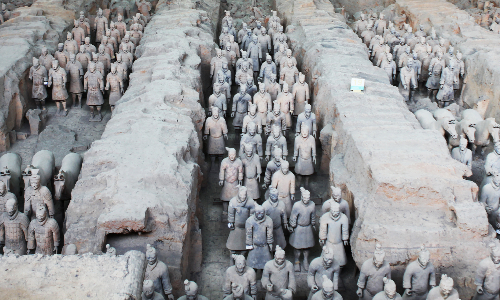
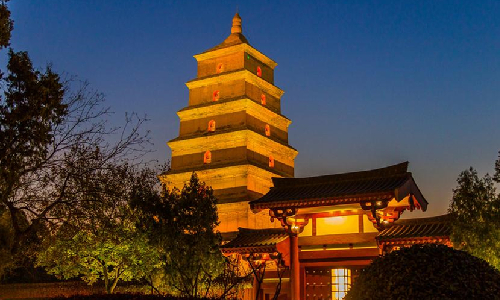
 Guilin
Guilin After breakfast, we will go to visit the Old City Wall. It is the best-preserved ancient city wall with a history of over 600 years, a perimeter of about 13 kilometers and a width of 14 meters. Walking on the wall, you will see the modern skyscrapers on one side and the old buildings on the other side. It seems like traveling from modern times to ancient China 600 years ago.
In the afternoon, you will take the estimated flight 3U3269 15:45/18:10 to Guilin. Your Guilin guide will wait for you at the airport and then transfer you to the hotel for a rest.
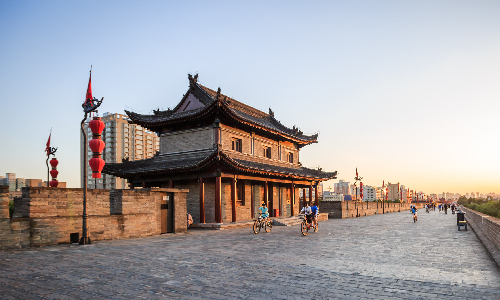
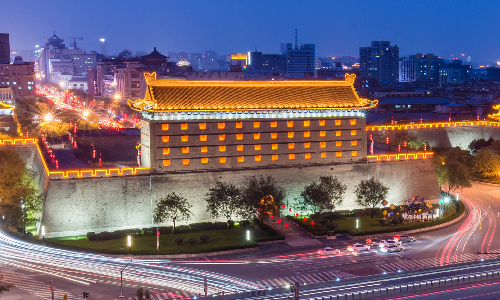
After breakfast, we will drive to one wharf for a 4-hour Li River Cruise to Yangshuo county. It needs to drive southeast for about 50 minutes (about 35 kilometers) to get to the pier. The Li River Cruise is the most popular way to admire the Li River views for senior tourists, which has a slower pace and can avoid too much walking. On the cruise, you will see the world’s most beautiful landscape on both sides of the Li River, like the rolling green mountains, verdant waters and grotesque caves. Besides, there are two types of comfortable Li River cruises: three-star and four-star. Usually we will book the three-star cruise, if you prefer the four-star one, please let us know. And we will have lunch on board. As the food onboard may not be to everyone’s taste, our guide will recommend bringing some foods by yourself, such as sandwiches, biscuits.
After disembarking at Yangshuo, we will head directly to Yangshuo West Street. This street is less than 1 kilometer long, but filled with souvenir stores, cafes, western restaurants and Chinese restaurants with bilingual signboards. In the afternoon, the West Street is quiet, which is especially suitable for senior travelers to visit. As you wander along the West Street, you may encounter some foreigners speaking different languages, which may bring you a sense of familiarity. It is said that the West Street attracts about 100,000 foreigners coming here every year for its relaxing and leisurely atmosphere. Leaving the West Street, we will drive back to Guilin. It needs to drive northwest for about 90 minutes (about 70 kilometers) from Yangshuo to Guilin.
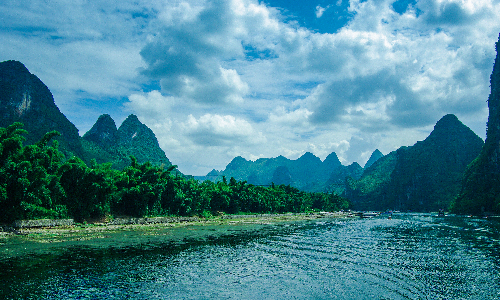
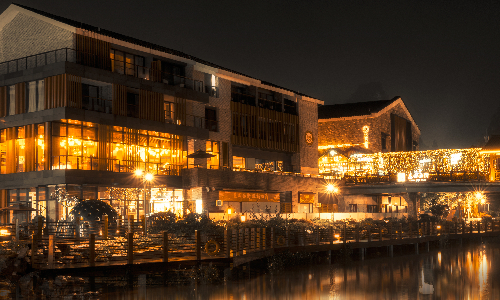
 Hong Kong
Hong Kong Today, you will take the estimated train G319 12:38/15:57 to Hong Kong. Your Hong Kong guide will wait for you at the train station and then transfer you to the hotel. No attractions will be arranged today. So you can have a good rest in the hotel. Hong Kong is a highly prosperous harbor city and international city, where Chinese and Western cultures meet. It is known as the “Representative Oriental City”, “Gourmet Paradise” and “Shopping Center”.
Free Time Suggestion: A visit to the Avenue of Stars
If you are not tired, you can go to the famous Avenue of Stars, where you will see many celebrities’ handprints and signatures inlaid in separate plaque. You can take a picture with your favorite star’s handprint and bronze statue, such as the iconic bronze statue of Bruce Lee. At night, you can also watch the large-scale show of “A Symphony of Lights” here.
After breakfast, we will go to the Victoria Peak. It is the best site to overlook Hong Kong. Taking the Peak Tram to the Victoria Peak is the most interesting way for senior travelers. The Peak Tram has been in operation for over 130 years and is one of the oldest cable railway systems in the world with a total length of 1,365 meters. This inclined retro tram trip takes only eight to ten minutes each way. When the tram climbs up the slope from 28 meters to 396 meters above sea level, the trees and skyscrapers on both sides seem like going backwards continuously. At this moment, you can take out your cell phone or camera to capture this unforgettable visual experience in the form of videos. But do not forget to keep your center of gravity steady, as your body will also lean backwards involuntarily! As the tram slowly moves towards the top, the vast view of Victoria Harbour will come into your eyes. Standing on the peak, you will see the spectacular skyscrapers, the world-renowned Victoria Harbour, and the beautiful green hills. Besides, you will also see the wok-shaped Peak Tower, the most conspicuous and largest building on the Peak. Inside the Peak Tower, there is a 360-degree Sky Terrace 428, where you can overlook the entire Victoria Harbour. In addition, you could visit the Peak Post Office here and send a postcard to your friends and family.
Next, we will go the Repulse Bay, which is located in the south of Hong Kong Island in the shape of a crescent. It is an ideal place for seniors for its quiet public beach with great views. As the most representative bay in Hong Kong, it has the reputation of “Oriental Hawaii”, for its long and gentle slope, calm waves, clear and fine sand, wide and clean beach and shallow water. In addition, the weather here will not be too hot or too cold throughout the year, which is especially good for senior travelers. The bay is warm in winter and cool in summer, with the water temperature ranging from 16°C to 27°C (540°f to 910°f). These advantages make the Repulse Bay be a summer resort for Hong Kong people, and a famous attraction for tourists from all over the world.
Leaving the Repulse Bay, we will head to the Stanley Market. It is a historic street located on the tranquil south coast of Hong Kong Island, which is not only popular among young people but also attracts a large number of senior tourists coming here every year. Walking along the alleys of Stanley Market, you will see various stalls and stores selling all kinds of goods. Besides, there are many traditional Chinese souvenirs for sale, such as antiques, paintings, calligraphy, postcards, silk clothing and fabrics. It is absolutely a good place to buy souvenirs with a good price.
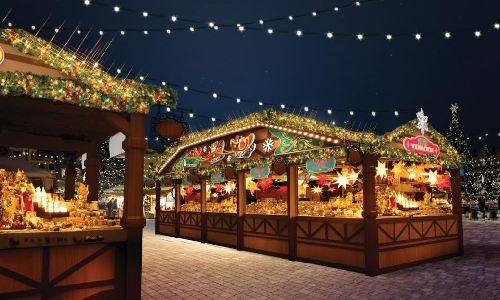
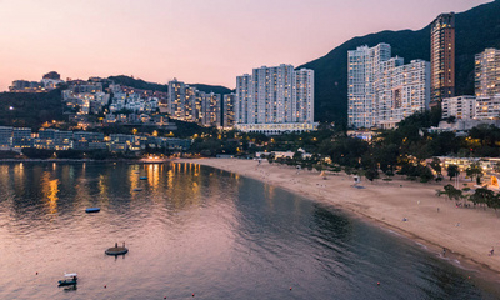
Today, you will say goodbye to China. Your guide will escort you to the airport according to your flight schedule. We look forward to your next China journey.
Author: Yan Liu
Proofreader: Summer Hou
| City | Five Star hotel list | Four Star hotel list |
|---|---|---|
| Beijing | Sunworld Dynasty Hotel Beijing Wangfujing | Sunworld Hotel Wangfujing |
| Datong | Yungang Meigao Hotel | Datong Garden Hotel |
| Pingyao | Pingyao Yide Hotel | Pingyao Dejuyuan Guesthouse |
| Xi'an | Tianyu Gloria Grand Hotel Xi'an | Sunworld Dynasty Hotel |
| Guilin | Lijiang Waterfall Hotel | Guilin Bravo Hotel |
| Hong Kong | Harbour Grand Kowloon | Harbour Plaza North Point Hotel |
 |
![]() About your child or infant, please contact us for a discounted price.
About your child or infant, please contact us for a discounted price.



We started with a few days in Beijing & ended in Shanghai, from where we visited the Forbidden City and Great Wall. In between we visited Terra Cotta Warriors Museum, Panda Base, Shanghai Disneyland.

We had a wonderful holiday in China which will remain long in the memory. China is a breathtakingly beautiful country full of splendid temples and palaces, mountains and rivers, peaceful rural scenes and bustling shopping streets.
 QUICK ENQUIRY
QUICK ENQUIRY